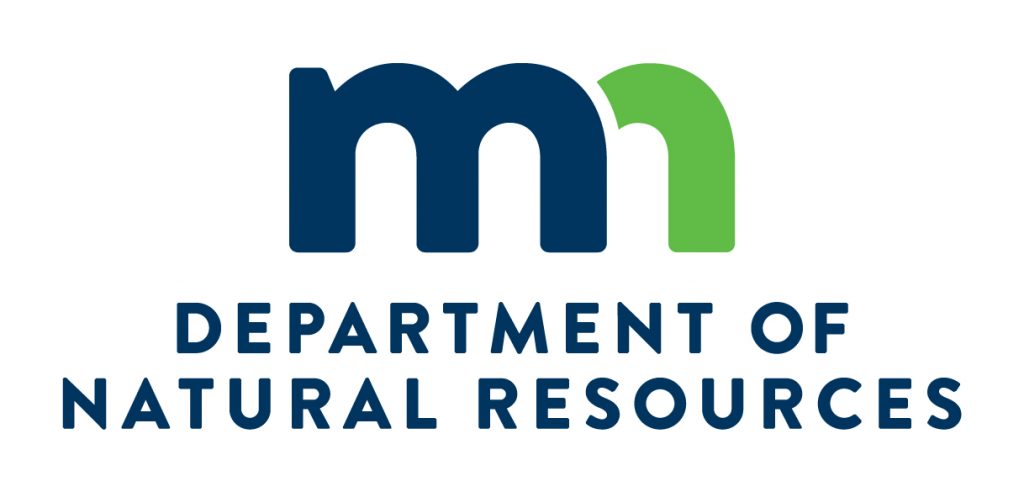Status, trends report released on Upper Mississippi River System

RELEASE FROM THE MINNESOTA DEPARTMENT OF NATURAL RESOURCES:
The U.S. Army Corps of Engineers and the U.S. Geological Survey, in partnership with the Minnesota Department of Natural Resources and natural resources agencies in four other states, have released a report on the ecological status of the Upper Mississippi River.
This important report analyzes more than 25 years of data and will inform river management and investments in the coming years. The report includes information on water quality and aquatic vegetation, as well as fisheries data from six geographic study areas and select system-wide data.
The report includes information from Minnesota, Wisconsin, Iowa, Illinois and Missouri. The Status and Trends report is prepared by the Upper Mississippi River Restoration (UMRR) program, which is a partnership of federal and state agencies, non-governmental organizations and individuals working together to support Upper Mississippi River System ecosystem rehabilitation, research and monitoring. Previous Status and Trends reports were released in 1998 and 2008.
“Upper Mississippi River Restoration program partners that produced this report are taking a proactive approach to changes in this globally significant river system,” DNR Deputy Commissioner Barb Naramore said. “The report provides essential analyses of the effects of changing hydrology, invasive species and many other factors.”
“The Status and Trends Report will inform and influence the work of many government agencies, nonprofits and other partners,” DNR Ecological and Water Resources Division District Manager Megan Moore said. “We are grateful to be a part of this partnership and the important guidance it produces.”
The report is available via the USGS Publications Warehouse at Ecological Status and Trends of the Upper Mississippi and Illinois Rivers (usgs.gov).
Key takeaways from this report that are relevant to Minnesota:
- The river is changing for a variety of reasons, but mostly as a result of changing hydrology and invasive species. The Upper Mississippi River System is a large and diverse ecosystem with many regional differences. Changes in the river are occurring differently and at different rates within the Upper Mississippi River System.
- There is more water in the river more of the time, with high flows lasting longer and occurring more frequently throughout the system. These trends are likely permanent changes to the river’s hydrology driven by land use changes and a shifting climate. Water flow is the primary driver affecting the quality and quantity of habitat.
- Floodplain forest loss has happened in nearly all the study areas, except south of St. Louis, Missouri, where locks are not in place. The forests may be responding to several interacting factors and environmental changes, including increasing flood inundation and invasive species.
- In Pool 4 (between Red Wing and Winona) and Pool 8 (near La Crosse, Wisconsin), water has become clearer and aquatic plants more abundant and diverse, which is improving habitat for fish and wildlife and leading to a decline in invasive fish species.
- Concentrations of nutrients, notably nitrogen and phosphorus, remain high, exceeding U.S. Environmental Protection Agency benchmarks and continuing to threaten aquatic life and water supplies along the Upper Mississippi River System. Total phosphorus concentrations have, however, declined in many of the studied river areas. Improvements to the Cannon River watershed significantly contributed to improved water quality in the Upper Mississippi River along the Minnesota border below the Cannon River confluence.
- The Upper Mississippi River System continues to support diverse and abundant fish populations. Economically and socially important recreational fish populations have increased in the northern portion of the Upper Mississippi River System. There have, however, been substantial declines in forage fish throughout the river network. Forage fish serve as important food for larger fishes and other animals. Invasive carp have thus far been unable to establish self-sustaining populations in Minnesota.
Information about related DNR partnerships is available on the Mississippi River Management page of the DNR website (mndnr.gov/Waters/WaterMgmt_Section/River).

